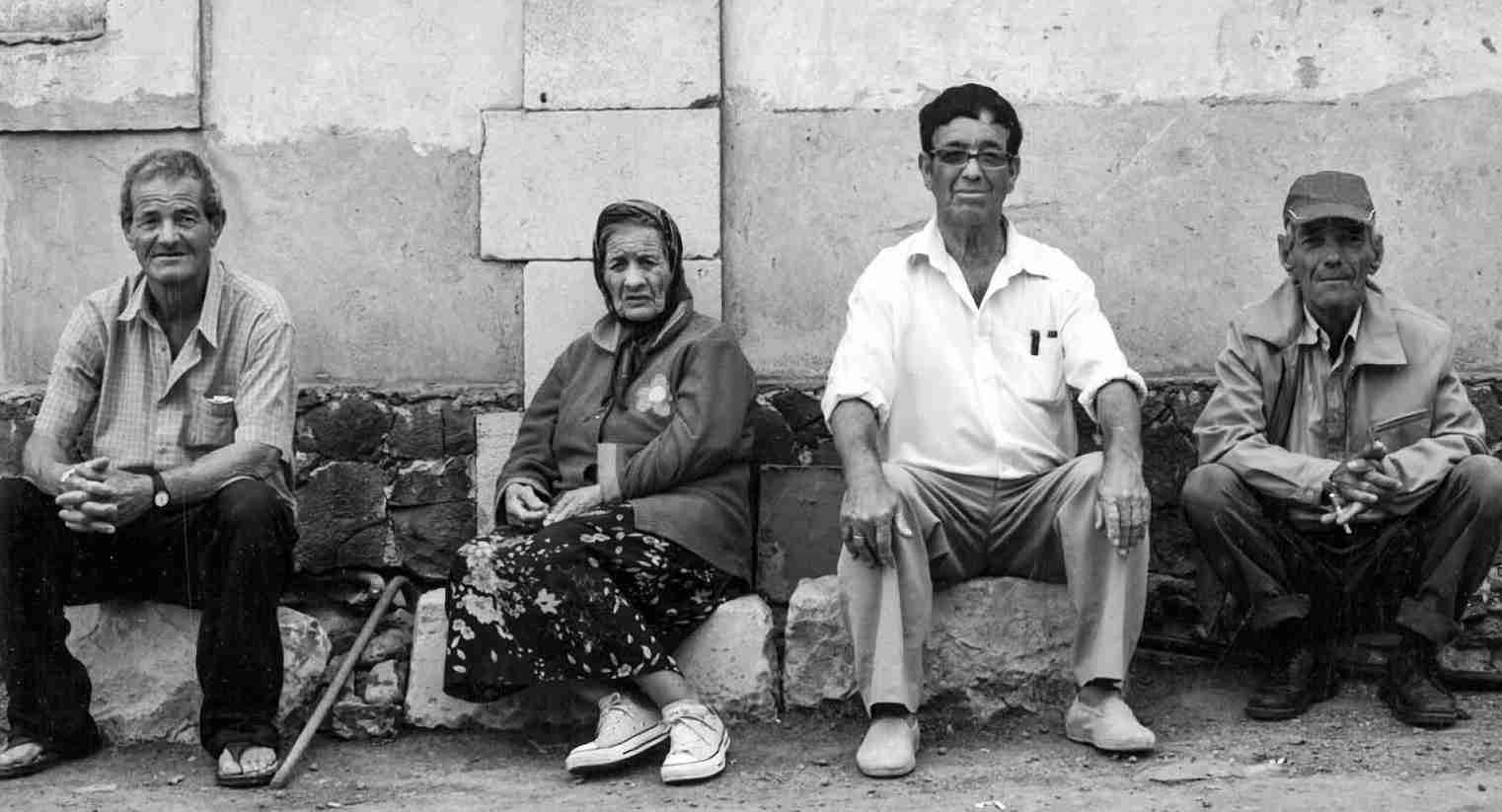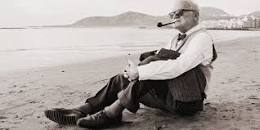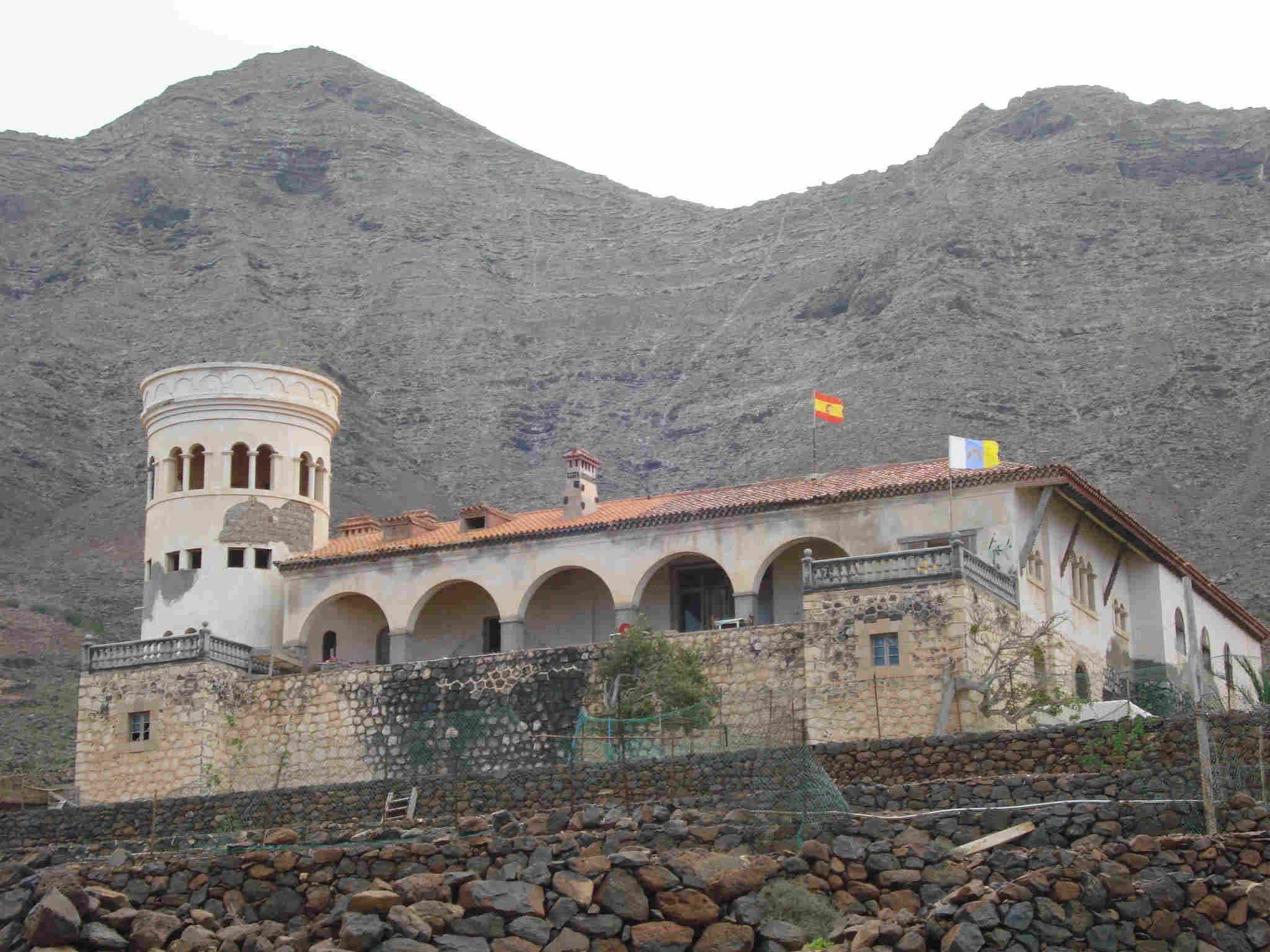
VILLA WINTER
Wikipedia sums up the details but I would like to expand on this fascinating tale.
Villa Winter is a villa situated near the village Cofete, on the peninsula Jandía in the southwestern part of the island of Fuerteventura, Canary Islands. The villa was realised by Gustav Winter, a German engineer born in 1893 in the Black Forest. It was built in 1937 and has two floors, a tower in the northwestern part of the villa and a balcony in the front.
Gustav Winter worked since 1915 for Spain and was active in different projects in Fuerteventura and Gran Canaria. The villa is built in a remote part of the island with only a dust track leading to it. The history of the villa is the subject of several conspiracy theories, often involving Nazis. The main conspiracy theories surround the fact that the villa had a tower turret with an electric lantern installed, similar to a lighthouse and that they were using the villa's makeshift lighthouse to signal German U-boats.




It is said that the road to Cofete and the villa itself was built by locals or prisoners but (I'm still looking for the article again) I read that prisoners (mainly homosexuals - banned in Franco's time) were brought down from Tefia (see below), and worked until they died and buried on the beach, although many sources say the 'graveyard' on the beach was used for locals - having visited this site (very sad experience) I am very sceptical about that as the roads weren't built until perhaps 1940, so how come so many locals ended up so sadly in unmarked 'graves' although there is a plaque at the entrance - please correct me if there's any doubts.
QUESTION : When was it built ?
According to the above Winter claimed it was built in 1958, yet most information and locals claim 1937 and local documents claim 1946 but Pedro states it dates much earlier - 1939, which seems odd - I know my house was built in 1927 and there is much paperwork to say so - this was only in the 30's or 40's so there must be proof somewhere - was Winter saying 1958 to distant himself from any Nazi connections ?

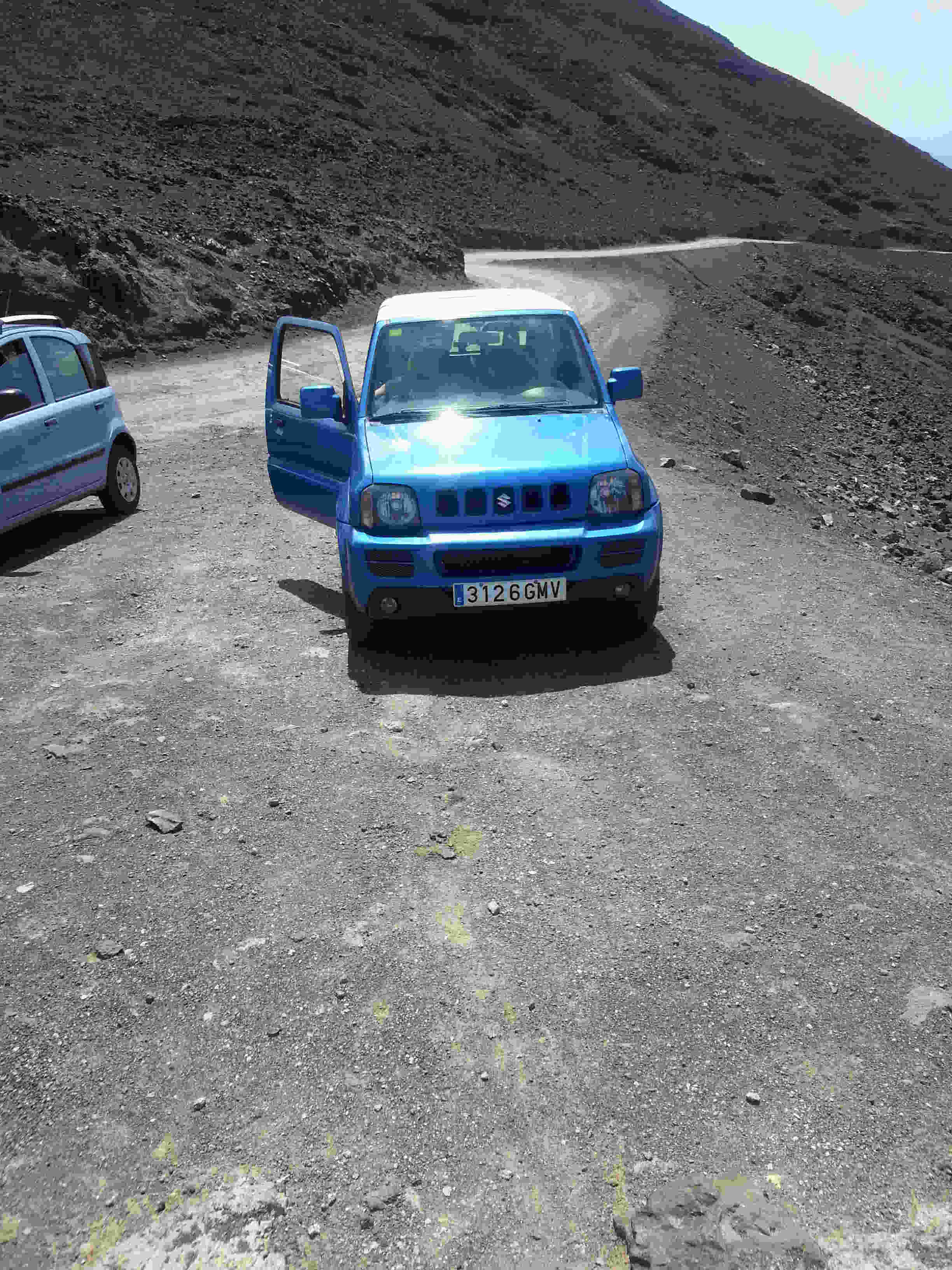
COFETE
It's a bumpy ride to Cofete by car but on foot it’s
more direct if you feel inclined !
The village, (or hamlet) only has a population of about 30 with no shops but now, 1 restaurant, Restaurante Cofete Pepe El Faro
The beach is known as ‘the loneliest place in Spain’.
It’s located about 5km from the
south-west tip of the island and with no access to the northern side of the
beach, you can only enter by crossing through the Jandia Nature Park from
Morro Jable.
This beach receives very few visitors. Not only as it’s so hard to reach,
but also due to the wind, which makes swimming inadvisable (in fact,
drowning deaths are an all-too-frequent occurrence every year)
There is really nothing else in the area except: Villa Winter, which in my mind raises some questions.
Also furthur reading can be found at: https://es.wikipedia.org/wiki/Colonia_Agrícola_Penitenciaria_de_Tefía
GUSTAV WINTER
Gustav-Oskar Winter Klinge
was born May 10th 1893 in Zastler in the Black Forest, close to Freiburg.
During World War I, he lived in Rio Cuarto, Argentina in 1913 and in 1914 he married his first wife, Johanna and on his return was intercepted in the English Channel and imprisoned at Southampton prison.
He escapes and joins the 'Hollandia'
ship
In 1915, Gustav Winter
arrived in Spain via England. He completed his technical training and
began working on diverse technical projects in Spain.
In 1926 he arrived in Gran Canaria
and was known as Don Gustavo
In 1928, Winter built the power
plant CICER on Las Palmas de Gran Canaria, which opened in October 1928.
During his time working on
Gran Canaria, Gustav Winter also visited Lanzarote and Fuerteventura and
was fascinated by the Jandía peninsula.
In 1937, Winter was given the
opportunity of leasing Jandía and made plans to industrialize it. He
initially
wanted to construct a cement factory, followed by a fish factory, but as
war broke out, neither happened. Winter sorted out a lease contract with
the heirs of Conde de Santa Coloma in Burgos for the entire peninsula of
Jandía.
In the same year, he travelled to
Berlin to raise the necessary financial contribution
for his project from Hermann Göring.
Between July and August
1938, he went on an expedition on board the ship “Richard Ohlrogge”, to
explore Jandia area, take
photos, and create maps. Rumors of the establishment of a secret
submarine base on Fuerteventura began to surface.
From 1940 to 1944, Winter
worked at a German navy ship harbor in France. In the meantime, the
Jandía peninsula was
blocked off from the rest of the island of Fuerteventura, with the only
access point secured by a gate and armed guards.
On October 23, 1940, a
meeting took place between Adolf Hitler and Francisco Franco. Hitler
showed interest in
building a base on the Canary Islands, but Franco declined after Hitler
failed to fulfil his own demands.
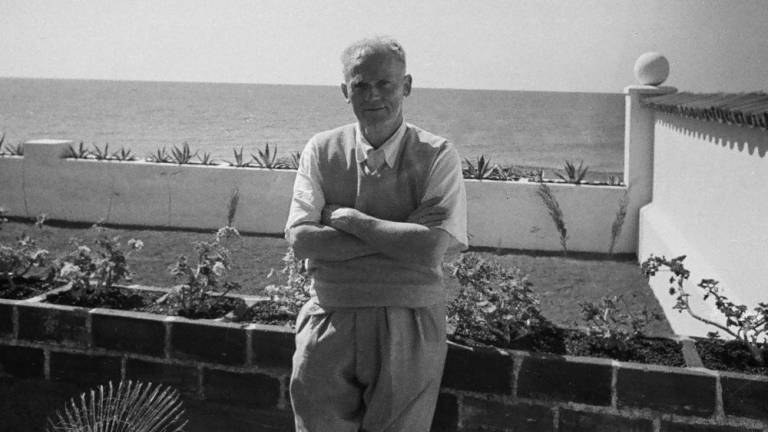
Between March and July of
1941, six German submarines were proven to have received supplies at the
Las Palmas harbor
from the ship Corrientes: U-124, U-105, U-106, U-123, U-69, U-103.
In 1941, a notary certified
a sales contract for the Jandía peninsula. Ownership was signed over to
three Spanish natives.
The name of their company was “Dehesa de Jandía S.A.”. Administrator:
Gustav Winter.
In 1945, Gustav Winter and
Elisabeth Althaus met in Madrid.
In 1946, inmates of the
concentration camp in Tefía began building roads in Jandía (not really
possible as it didn't open until 1954)
In 1948, Gustav Winter and
Elisabeth Althaus relocated to Fuerteventura when he ordered the Jandia
peninsular to be fenced off
(says above 1940-44) and watched by armed guards. He settled in
Morro Jable.Gustav Winter created the Casas de Jorós tomato plantations,
had wells built, and attempted to reforest the mountains of Jandía.
Around 1950, the Jandía peninsula
experienced several days of explosions, following which Villa Winter
emerged in its current form after receiving approval for an expansion.
In 1962, the Dehesa de
Jandía S.A. transferred all of Jandía to Gustav Winter, as compensation
for developing the peninsula.
In an interview with the
German magazine Stern in 1971, Gustav Winter claimed that he hadn’t
built the villa until late 1958.
In November 1971, Winter
died in Las Palmas aged 78.
In 1997, a journalist and
investigator,found the list of 104 suspected German spies that the
Allies demanded to be repatriated, (of which - 'surprise,surprise'
'Gustav baby !' was on number 11 on that list) who were hiding throughout Spain
- none were handed over, Many sought refuge in Spanish homes, whilst
others remained hidden under the protection of the Church and fled to
South America.
The heirs of the villa began
renovating it in 1985. Up until the early 1990’s, a private security
company shielded the
villa from curious visitors. The Gran Canaria-based construction company
Lopesan S.A. has owned the villa since 1996.

QUESTION : What was it built for ?
I certainly don't think Herr Winter wanted it as his holiday home, but what did he have it built for. My feeling, which matches many others is that it would provide multiple uses. Let's examine some of these uses.
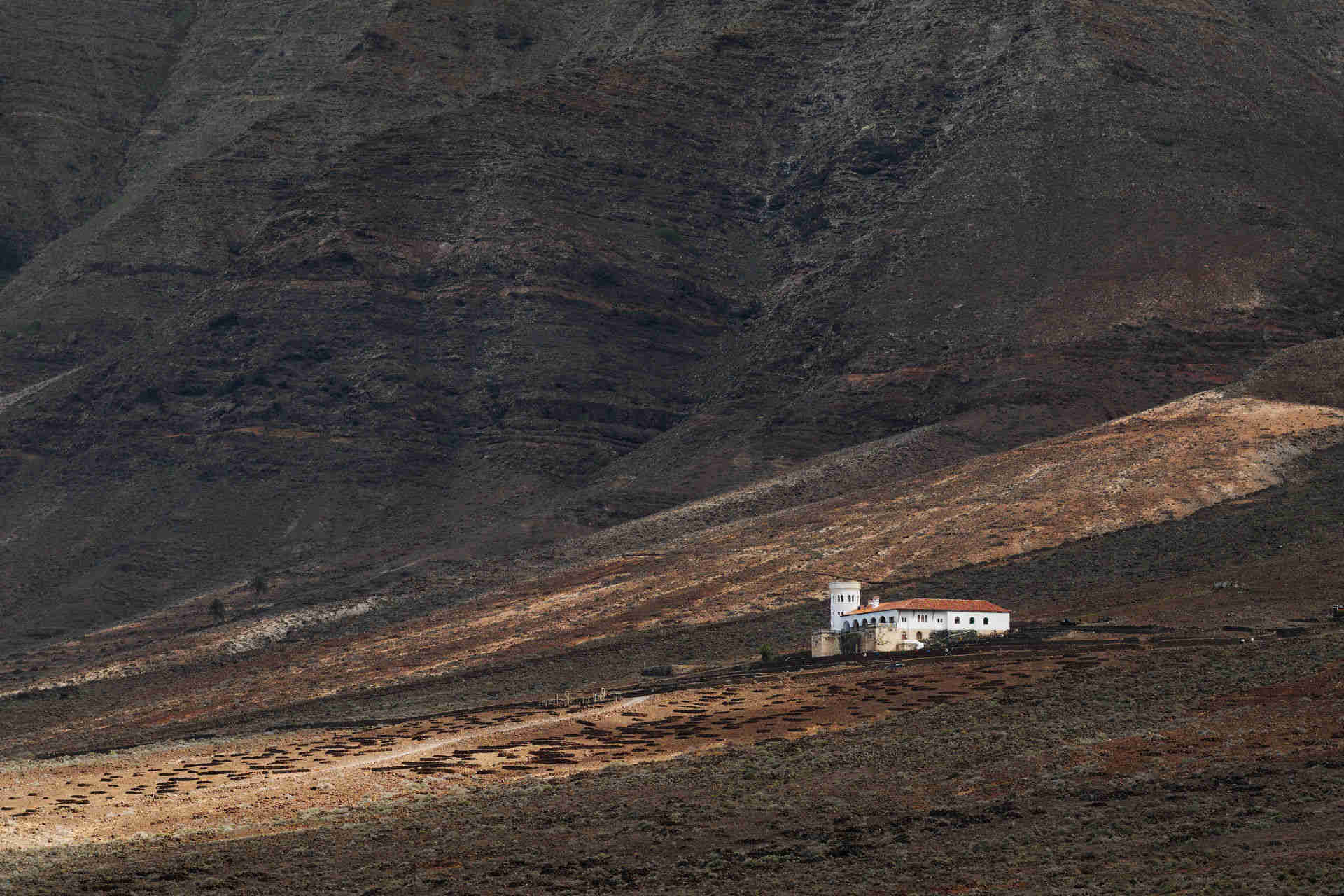
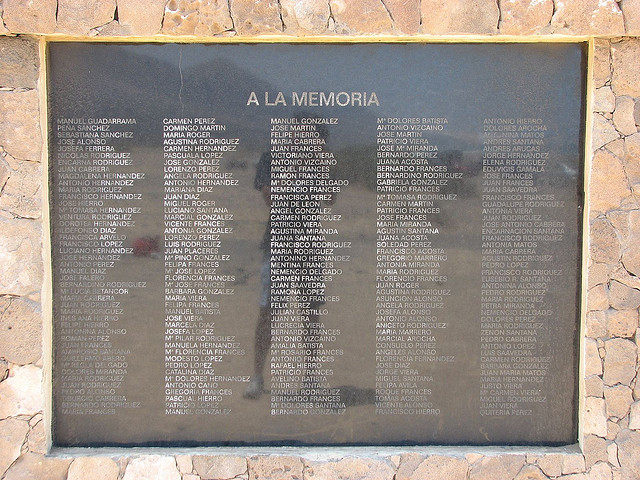
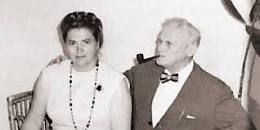
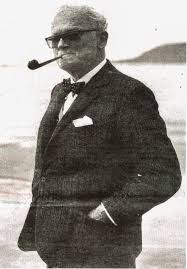
1. The 'look-out tower' would provide excellent all-round surveillance directly to the Atlantic ocean where much U-Boat activity was happening during WWII2. Within the villa is a massive fuse box (I've seen it) and this would not be there just to light up the building, but possibly surveillance lights and supply for U-Boats which were in the caves blown into the side of the mountain. An Austrian-Spanish team decided to investigate these caves but lost their lives when their boat blew up - this is what films are made of !
3. There is an area within the villa which has been allegedly designated for surgical work -rumours of high level Nazi criminals (Eichmann, Mengele ADOLF ? etc.) having surgical disguising and then flying to S America are rife. They mainly went to Argentina as Juan Peron was always sympathetic to their cause and aided by the church developed 'Rat Lines' for their escape via Spain and Italy.
4. The villa was close to a runway (by design) which the outline still exists which would tie in with number 3
RESPECT TO PEDRO FUMERO AND HIS FAMILY
https://www.youtube.com/watch?v=4LQ9aYQk1DA
Take a look at a low level fly over of the Winter Airstrip - can't see a 747 taking off from here !
If you like spy thrillers, take a read of Fuerteventura by Alberto Vázquz Figueroa - he describes the villa and it's possible contribution to WWII
Pedro says ”. “I have opened closed doors, I have seen underground
passageways, I found
test tubes and laboratory objects, it housed a communication system and
from above you can clearly see the aerodrome built around it.
In addition, on the beach a lid that conceals something appears sealed
with cement, I think it still reaches the house and many
neighbours assure that there were explosions during its construction ”
"It seems that the Winter sold the farm to Lopesan without informing my
family of anything, despite the fact that my uncles have left their
lives taking care of this property,
but since they were disabled they took away their cattle, their rights
and do not want to give them a hard. For years, the Winter paid
40,000 pesetas to my uncle Pepe, then they stopped paying and allowed
them to stay, but now nobody supports us, "
The Winter family sold the house around 1997 to Lopesan, who apparently
intends to turn it into a small hotel, despite being located in
the heart of a natural park absolutely ridiculous idea. According
to Fumero, "it is said that underground tunnels and dark rooms were
built, which would be accessed by small hidden doors in the walls, where
those soldiers who were trying to avoid the scars produced by the light
after undergoing cosmetic operations were hidden, not to
be recognized after the war; dungeons where once there were shackles and
chains for various tortures, cremation ovens, boarded doors,
numerous rooms, a large electrical box, and different decorative
elements of great value with which it was intended to support the theory
that the villa was an officer's residence Germans ”.
Good luck Pedro
I had trouble defining the airstrip from the ground, but it is very obvious from Google Earth (my map above points to it's whereabouts)

